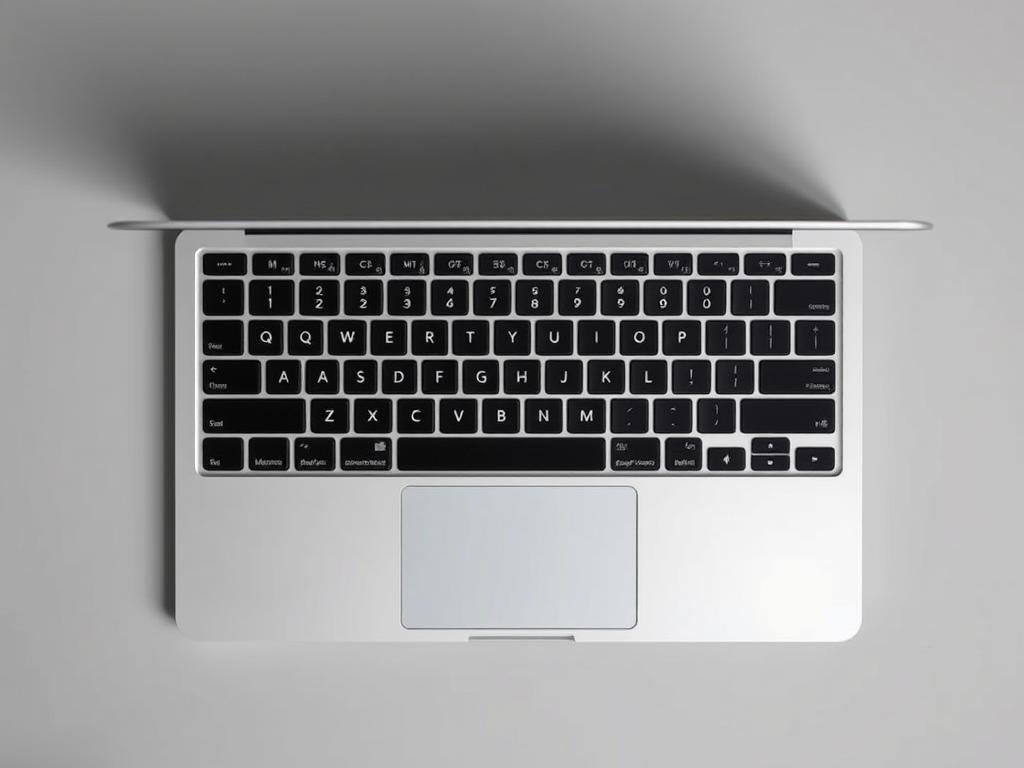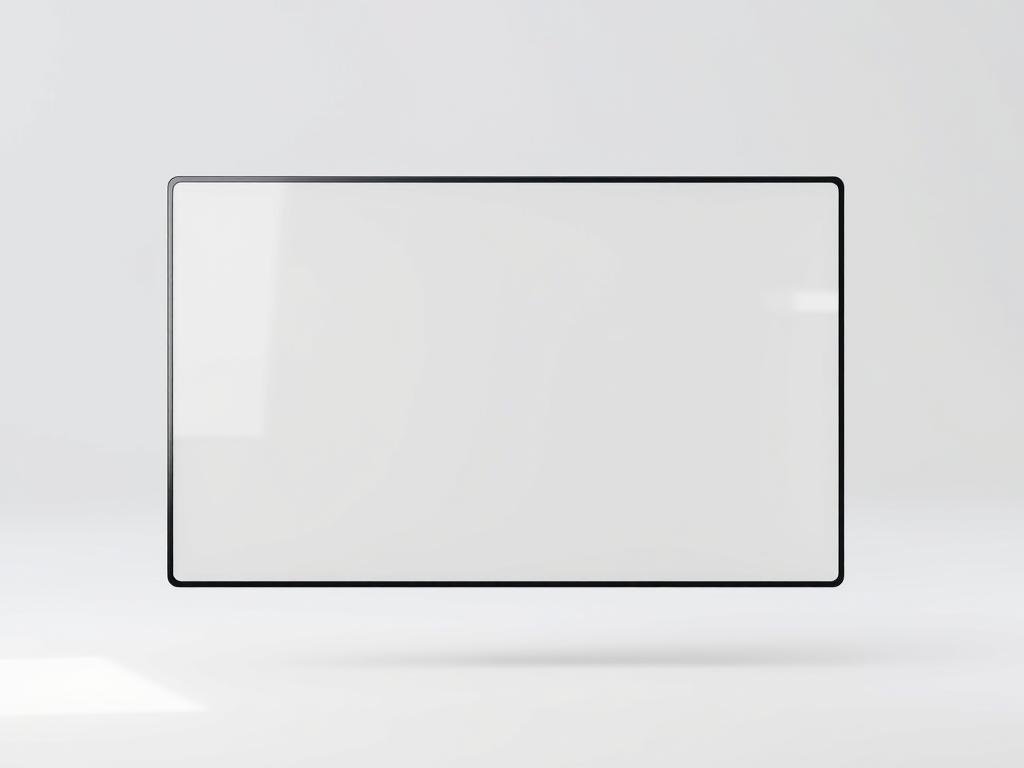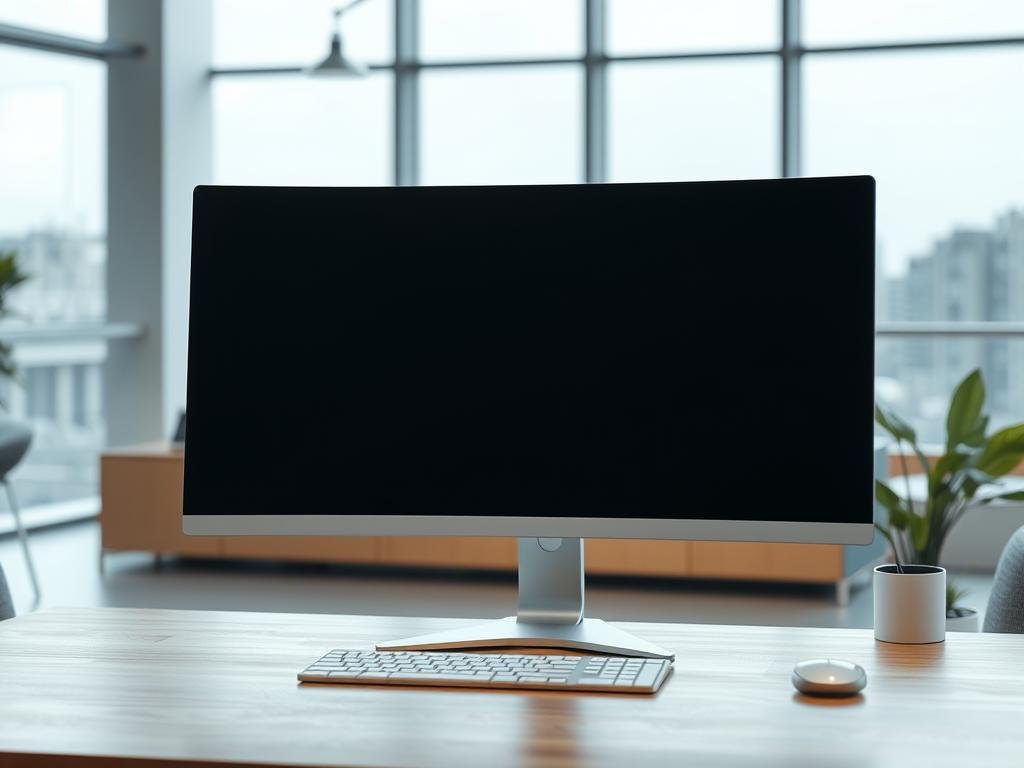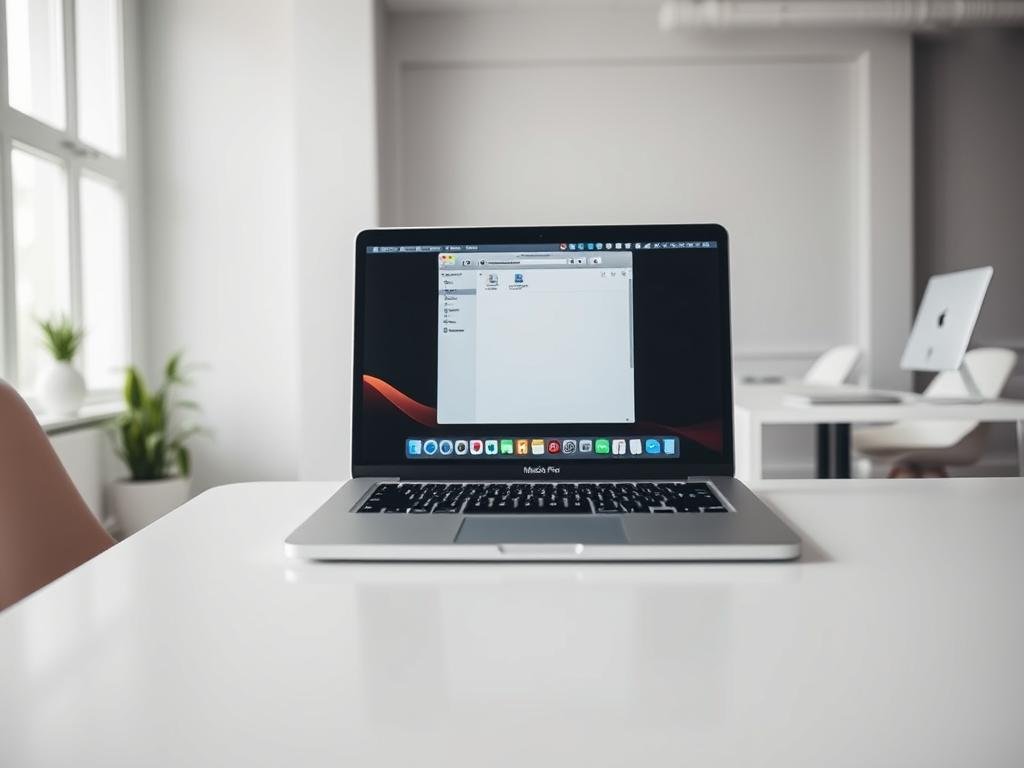Surprising fact: your Mac saves every grab to the desktop by default with a name like “Screen Shot [date] at [time].png,” and that simple rule covers hundreds of files you might not even notice.
This intro gives you the fast essentials. You’ll learn core keyboard shortcuts and when to open the Screenshot app (Shift-Command-5) for more control. The app lets you pick save location, set a timer, include the pointer, or record the screen.
Quick pointers: hold Control with a shortcut to copy captures to the Clipboard instead of saving to the desktop. Some protected app windows, such as Apple TV, won’t allow a capture, so you’ll avoid wasted attempts.
You’ll also see what that corner thumbnail does: click it to edit or drag it into another folder. This section sets you up for full steps on full-screen, window, and selection captures, plus tips that speed up your routine.
Master the basics: your quickest ways to capture the screen on macOS
Mastering a couple of quick key combos gets most captures done fast. Press Shift–Command-3 to grab the entire screen; files save to the Desktop unless you hold Control to copy to the Clipboard.
Use Shift–Command-4 when you want a crosshair. Drag the cursor to mark a selected portion, release to save, or press Esc to cancel. Hold Space while dragging to move the selection without changing size.
Press Shift–Command-4 then Space to switch the crosshair into a camera for a clean window capture. Hold Option while clicking a window to remove the drop shadow. If a thumbnail appears, click it to annotate or wait and the image will save automatically.
- Fast full capture: Shift-Command-3 captures the entire screen instantly.
- Precise area: Shift-Command-4 gives a crosshair for portion control.
- Window snaps: Shift-Command-4 + Space yields perfect window edges.
- Clipboard copy: Add Control to any combo to copy instead of saving.
| Shortcut | Action | Tip |
|---|---|---|
| Shift-Command-3 | Capture entire screen | Saves to Desktop or add Control to copy |
| Shift-Command-4 | Selected portion via crosshair | Press Esc to cancel; hold Space to move selection |
| Shift-Command-4, then Space | Capture window or menu | Hold Option to remove window shadow |
How to take screenshot on Mac with keyboard shortcuts
A few simple key presses let you grab exactly what you need without opening apps. Below are the core keyboard moves that cover full captures, partial selections, single windows, and quick Clipboard copies.

Capture the entire screen with Shift + Command + 3
Press Shift–Command-3 for a full-screen screenshot. The file saves to your Desktop with the default name like “Screen Shot [date] at [time].png.”
If a thumbnail appears, click it to edit or drag it into a folder. Let it auto-save if you’re moving fast.
Capture a selected portion with Shift + Command + 4
Press Shift–Command-4 and a crosshair appears. Drag the cursor to select area, then release mouse to capture.
Press Esc to cancel. While dragging, hold the Space bar to move the rectangle without resizing it.
Capture a specific window or menu with Shift + Command + 4, then Space
Press Shift–Command-4, then tap Space to switch the crosshair into a camera icon. Click the target window or menu for a clean image.
Hold Option while clicking to remove the window shadow. Note that some protected windows won’t highlight.
Copy to Clipboard by adding Control to any shortcut
Add Control to any combo (for example, Control-Shift-Command-3) and the capture goes to the Clipboard. Paste directly into apps without creating a file.
- Tip: practice these shortcuts so they become second nature.
- Tip: use Shift-Command-6 for the Touch Bar if your Mac has one.
| Shortcut | Action | Quick tip |
|---|---|---|
| Shift-Command-3 | Capture entire screen | Saves to Desktop; add Control to copy |
| Shift-Command-4 | Select area with crosshair | Drag, then release mouse; press Esc to cancel |
| Shift-Command-4, then Space | Capture specific window or menu | Camera icon appears; hold Option to remove shadow |
Use the Screenshot app for more control
The Screenshot app gives you a visual control panel for precise captures and recordings. Open the overlay with Shift‑Command‑5 (macOS Mojave 10.14 or later) and you’ll see clear buttons for the most common tasks.

Open the Screenshot tool with Shift + Command + 5
Launch the app overlay and pick from on-screen controls instead of memorizing every key combo. The interface groups capture and recording tools for quick selection.
Choose capture modes
Toggle between capture entire screen, selected window, or selected portion so you can frame content visually. The live preview helps you adjust before the image is saved.
Set options for timing, pointer, and location
Open Options to set a short timer, show the mouse pointer, or change the save location from the Desktop default. These settings keep files organized and let you prepare menus or tooltips before the shot fires.
Screen recording with Screenshot or QuickTime Player
The same overlay can start a screen recording of the whole screen or a selected area. If you prefer, QuickTime Player also supports screen recording and may fit certain editing workflows.
Watch for the floating thumbnail after a capture. Click it for quick markup or drag it into an app or folder for instant use.
Where your screenshots are saved and how to change it
By default, every capture lands on your Desktop with a filename like “Screen Shot [date] at [time].png.” This naming makes it easy to sort by date and spot recent work quickly.

If you prefer another folder, the Screenshot app gives quick control. Open the overlay and pick Options under the controls to change the save location. This works in macOS Mojave and later and keeps files out of a cluttered Desktop.
Find files fast in Finder
If files seem missing, open Finder and choose Go > Desktop or click Desktop in the sidebar. The timestamped names make searches and sorting simple.
Move or copy without changing settings
- Drag the floating thumbnail into any Finder window or folder to move a file instantly.
- Add Control to a shortcut or choose Save to Clipboard from the thumbnail menu when you don’t want a file saved.
- Route outputs into a dedicated Screenshots folder in Documents or iCloud Drive for consistent organization.
| Item | Default | Quick action |
|---|---|---|
| Still images | Desktop — “Screen Shot [date] at [time].png” | Use Options in the Screenshot app or drag the thumbnail |
| Screen recordings | Desktop — “Screen Recording [date] at [time].mov” | Pick a folder in Options before recording |
| Clipboard saves | No file created | Add Control to shortcut or pick Save to Clipboard from thumbnail |
For more details about the Screenshot app Options and locations, see Screenshot app Options.
Customize your workflow: shortcuts, Touch Bar, and camera icon tips
Put the controls you need within easy reach by remapping keys and adding touch buttons.
Remap keyboard shortcuts in System Settings so common actions fit your workflow. Open System Settings > Keyboard > Keyboard Shortcuts > Screenshots. Double-click any entry, press your preferred keys, and click Done.
Restore defaults anytime if a mapping conflicts with other apps. Test new keys for a few days before rolling them out to teammates.
Capture the Touch Bar with Shift‑Command‑6
If your Mac has a touch bar, press Shift‑Command‑6 to capture that strip of contextual controls. This is handy when you need documentation of app-specific buttons or a custom layout.
Add Screenshot control to the Touch Bar
You can place a Screenshot control on the touch interface for one-tap access to the screenshot app overlay. On older macOS builds this is done via System Preferences; newer Settings offer the same option when the bar is present.
- Balance keyboard efficiency with touch buttons for faster captures.
- Use the camera icon mode (Shift‑Command‑4, then Space) for crisp, edge-perfect window images.
- Pair custom shortcuts with organized save locations for clean team workflows.
| Action | Where | Why it helps |
|---|---|---|
| Remap screenshot keys | System Settings > Keyboard > Keyboard Shortcuts | Makes frequent captures faster and avoids conflicts |
| Capture Touch Bar | Shift‑Command‑6 | Documents contextual controls for apps |
| Add Screenshot button | Touch Bar customization | One-tap access to capture modes and options |
Note: many newer Macs no longer include a touch bar. If yours lacks one, rely on custom keyboard mappings and the on‑screen controls. For a detailed comparison and extra tips, see this guide to take screenshot mac.
Other built-in ways to capture your screen
If you prefer menus and instant markup, the bundled utilities can speed your work.
Use Preview’s File > Take Screenshot menu
Open Preview from Applications, then choose File > Take Screenshot. Pick From Entire Screen, From Selection, or From Window depending on your task.
The image opens in Preview so you can annotate with shapes, text, and highlights. Save or export in the format you need without switching apps.
Record your screen with QuickTime Player
QuickTime Player offers straightforward video recording and saves files as .mov. This is ideal for demos, walkthroughs, and bug reports that need voice or motion.
For shorter captures or mic audio, the Screenshot app also supports screen recording and partial-area captures. Find these tools in Finder > Applications or in Utilities if they aren’t in your Dock.
- Tip: capture a single app window in Preview when you plan immediate edits.
- Tip: choose QuickTime when you want simple controls; use the Screenshot app for extra options like timers and mic input.
For official steps, see take screenshots.
Troubleshooting and pro tips for cleaner, faster screenshots
When captures go missing, a few quick checks usually fix the problem fast. Start by confirming where files save and whether a Clipboard copy was used. Small steps often save time.
Fix common issues when images don’t save or appear
If a screenshot doesn’t appear on your Desktop, open Finder > Go > Desktop or click Desktop in the sidebar and search for “Screen Shot”.
If you held Control with the keys, the image is in the Clipboard—paste into Notes or Preview to verify.
Know the limits: protected apps and missing highlights
Some apps and protected windows won’t let you capture content. If a window won’t highlight, it may be blocked by system security (Apple TV and certain DRM players are common examples).
Power-user moves for precise results
- Move selection: while dragging with Shift-Command-4, hold Space to move the box without resizing it.
- Remove shadow: in camera icon window mode, hold Option when you click the window to remove the drop shadow for clean images.
- Thumbnail actions: click the floating thumbnail to mark up, share, or drag the file into a folder immediately.
- Cursor and timing: enable Show Mouse Pointer in Screenshot Options when you want capture clicks, or use a short timer for tricky UI menus.
- Final tip: release mouse only when selection is perfect; press Esc to cancel and retry when needed.
| Problem | Quick fix | Why it helps |
|---|---|---|
| Missing file | Check Desktop in Finder or search “Screen Shot” | Find timestamped files fast |
| Clipboard used | Paste into an app to confirm | No file was created |
| Protected window | Use recording or note the limitation | Some windows block captures |
Advanced sharing and management ideas
When screenshots pile up, a few tools can save time and headaches. Use cloud links, automatic folders, and selective uploads to keep work moving and your Desktop uncluttered.
Third-party applications unlock features Apple’s built-ins don’t offer. Zappy (by Zapier) gives instant cloud links you can paste into chat or tickets. CleanShot X adds pro annotation and scrolling capture for long pages.
Capto bundles editing and recording in one app, handy when you want capture both stills and a short recording for a demo. For full webpages, choose tools that stitch or scroll automatically since macOS won’t handle that natively.
- Route saves: set the screenshot app Options to a dedicated Screenshots folder so files don’t flood your Desktop.
- Name and archive: use consistent file names and move old images to cloud storage on a schedule.
- Share safely: redact sensitive details before uploading; prefer time-limited links for external reviews.
Combine still images with recording clips for clearer walkthroughs. These small changes speed feedback, keep your files tidy, and make retrieval simple when you need capture entire projects or single screens.
Conclusion
Conclusion
Wrap-up: the fastest stills come from three simple combos — Shift‑Command‑3, Shift‑Command‑4, and Shift‑Command‑4 then Space — with Control added when you want the Clipboard copy.
Use the app overlay (Shift‑Command‑5) when you need timers, pointer capture, custom save locations, or screen recording. Capture Touch Bar layouts with Shift‑Command‑6 on supported models.
Files default to the Desktop with timestamped names; change that in Options and route saves into a project folder. If a window won’t capture, it may be protected — record or document around it.
Practice these shortcuts and organize outputs so you can take screenshot mac content quickly, clearly, and consistently for any task or team.
FAQ
How do you capture the entire screen using keyboard shortcuts?
Press Shift + Command + 3. The image saves to your Desktop by default. Add Control to copy the image to the clipboard instead of saving a file.
How can you capture just a portion of the screen?
Press Shift + Command + 4, then drag to select the area. Release the mouse or trackpad to capture. Hold Space to move the selection before releasing.
How do you capture a specific window or menu?
Press Shift + Command + 4, then tap Space. Click the window or menu you want. To remove the window shadow, hold Option while you click.
What does Shift + Command + 5 do?
It opens the Screenshot app, showing options for full-screen, window, or selected-area capture, plus screen recording, timer, pointer visibility, and save-location choices.
How do you record your screen?
Use Shift + Command + 5 and pick a recording mode, or open QuickTime Player and choose File > New Screen Recording. Both let you capture full screen or a portion.
Where are captures saved by default?
Screenshots are named with the date and time and saved to the Desktop by default. You can change this location in the Screenshot app’s Options menu.
How can you change the save location for screenshots?
Open Shift + Command + 5, click Options, then pick Desktop, Documents, Clipboard, Mail, Messages, or Other Location to choose a folder.
How do you copy a screenshot to the clipboard instead of saving it?
Add the Control key to any capture shortcut (for example, Control + Shift + Command + 3 or 4). Paste the image into another app right away.
Can you capture the Touch Bar display?
Yes. Press Shift + Command + 6 to capture the Touch Bar. If you use the Screenshot app, you can also customize Touch Bar controls to include a Screenshot button.
How do you change screenshot shortcuts?
Go to System Settings > Keyboard > Shortcuts (or System Preferences > Keyboard on older macOS). Find Screenshots and assign new key combos as needed.
What if screenshots don’t save or appear?
Check save location and permissions, ensure disk space is available, and confirm shortcuts aren’t reassigned. Restarting the Mac or signing out of your account can resolve transient issues.
Why can’t some apps or windows be captured?
Some apps, like DRM-protected video players or secure content windows, block captures. That’s a privacy and security limitation of those apps or macOS.
How do you find screenshots using Finder?
Open Finder and go to Desktop or the folder you set as the save location. Use search filters like “Kind: Image” and sort by Date Modified to locate recent captures quickly.
What are quick ways to keep your Desktop tidy with many captures?
Change the save location to a dedicated folder, use Automator or Shortcuts to move files automatically, or enable cloud upload tools so images bypass the Desktop entirely.
Are there built-in alternatives to the Screenshot app?
Yes. Preview offers File > Take Screenshot for window, selection, or entire screen captures. QuickTime Player handles screen recordings with simple controls.
When should you use third-party screenshot tools?
Use them for features macOS lacks, like scrolling captures, advanced annotation, automatic cloud upload, or team collaboration. Choose reputable apps from the Mac App Store or well-known developers.
